Blake Snyder’s Save The Cat technique has helped countless screenwriters over the years. While some find it too formulaic, others especially those in the beginning of their careers, find it a useful method to structure their stories coherently and overcome writer’s block. This method breaks down a screenplay into 15 essential beats, each serving a critical role in the story’s structure.
Purpose of This Breakdown
In this blog post, we’ll dissect the 1997 classic Titanic, directed by James Cameron, using the Save the Cat method. By breaking down the film’s key moments according to Snyder’s beats, we’ll uncover the underlying structure that contributes to its success and longevity.
Overview of Titanic
Titanic is pitched as “Romeo and Juliet on a sinking ship”. It is a survival film, a tragedy, an epic, but essentially a romantic drama at heart. Cameron intertwines a fictional love story with the historical tragedy of the RMS Titanic. The film follows Jack Dawson, a free-spirited artist, and Rose DeWitt Bukater, a young woman trapped in a restrictive social class, as they fall in love aboard the ill-fated ship. Their relationship faces numerous obstacles, culminating in the ship’s infamous sinking.
Introduction to Main Characters
- Jack Dawson: A charming and adventurous artist who wins a ticket aboard the Titanic.
- Rose DeWitt Bukater: A young woman engaged to a wealthy but controlling man, struggling against societal constraints.
- Cal Hockley: Rose’s affluent and possessive fiancé.
- Ruth DeWitt Bukater: Rose’s mother, who prioritizes social status over her daughter’s happiness.
Save the Cat Breakdown
The film’s runtime is 187 minutes (Excluding the end credits) and below we will understand the application of each beat in chronological order.
1. Opening Image
The film begins with an underwater exploration of the Titanic wreckage, immediately setting the epic and mysterious tone. This introduction not only hints at the film’s tragic ending but also establishes the theme of a long-lost romance.

2. Theme Stated
The theme of Titanic is subtly hinted at during Rose’s introduction in the present day. She reflects on her past and the impact of Jack on her life, suggesting themes of love, freedom, and the societal constraints that the young Rose faced.
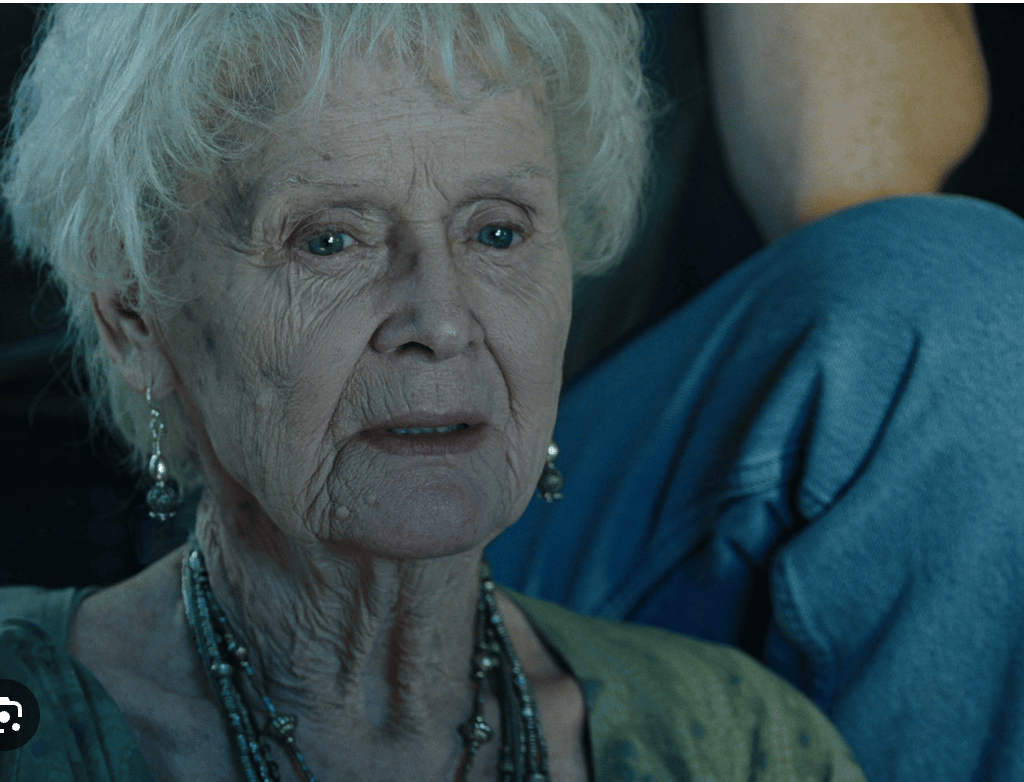
3. Set-Up
We are introduced to the main characters and their world: Jack wins his ticket aboard the Titanic in a poker game, embodying his carefree spirit. Rose, on the other hand, is introduced in a scene that highlights her wealth and the suffocating expectations placed upon her. The setup establishes the key players and the initial stakes—Jack’s desire for adventure and Rose’s struggle for autonomy.
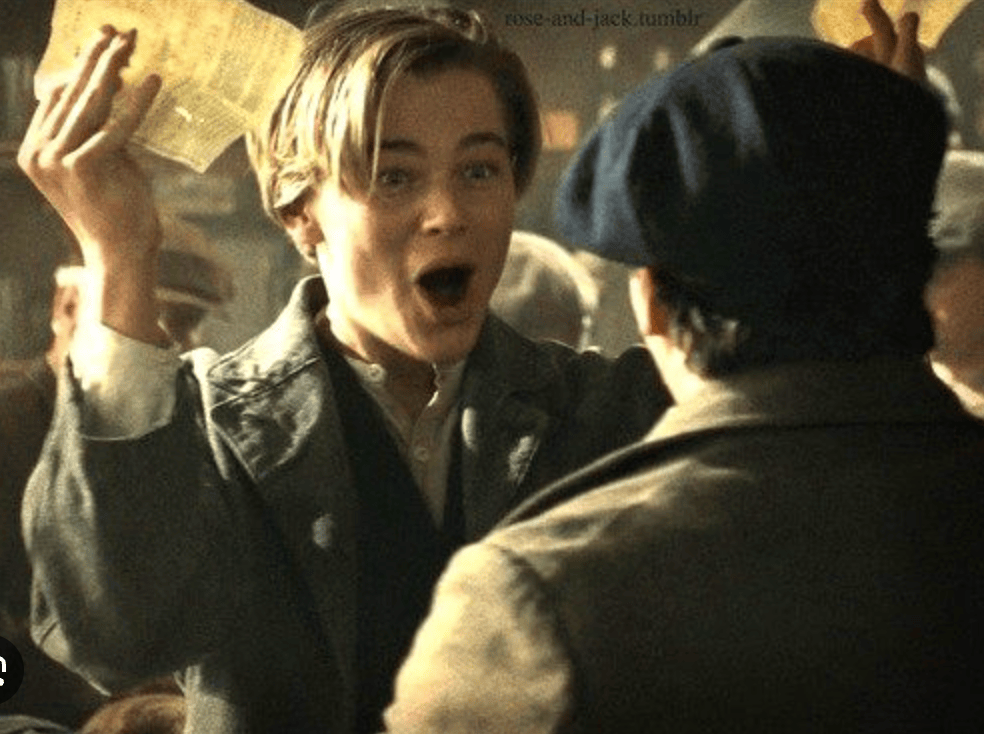
4. Catalyst
The catalyst occurs when Jack saves Rose from a suicide attempt. This dramatic incident brings Jack and Rose together, setting the stage for their burgeoning romance. It’s a pivotal moment that disrupts the status quo and propels the narrative forward.
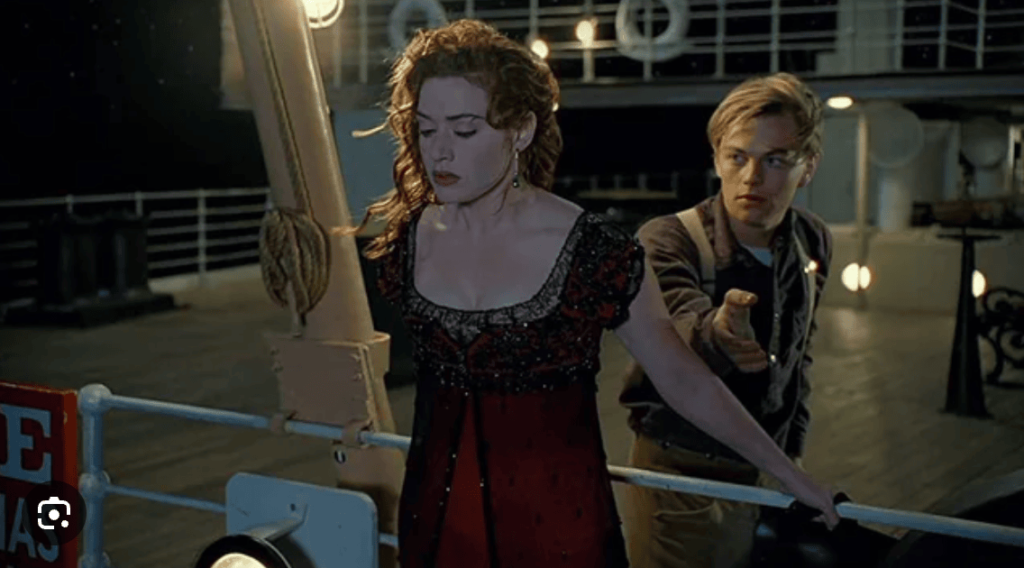
5. Debate
Rose faces an internal debate about whether to follow her heart with Jack or adhere to her mother’s and Cal’s expectations. This period of indecision builds tension and deepens her character’s conflict. Externally, the class divide between the two lovers adds an additional layer of conflict.
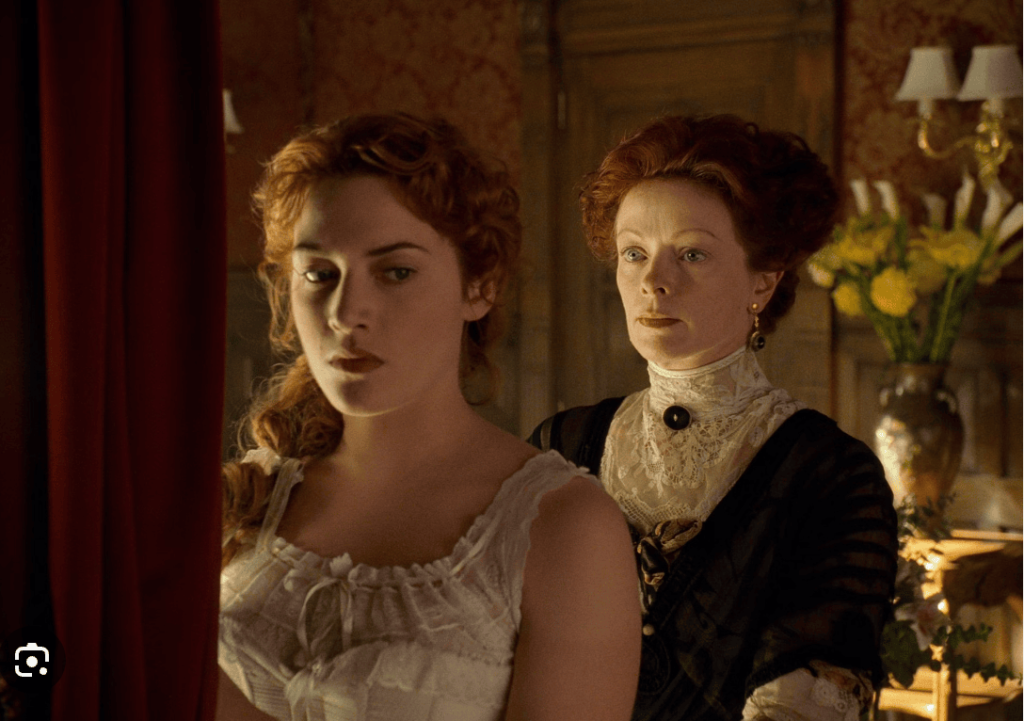
6. Break into Two
Rose’s decision to meet Jack at the bow of the ship signifies her commitment to exploring a life beyond societal constraints. This beat marks the transition into Act Two, where their romantic adventure begins.
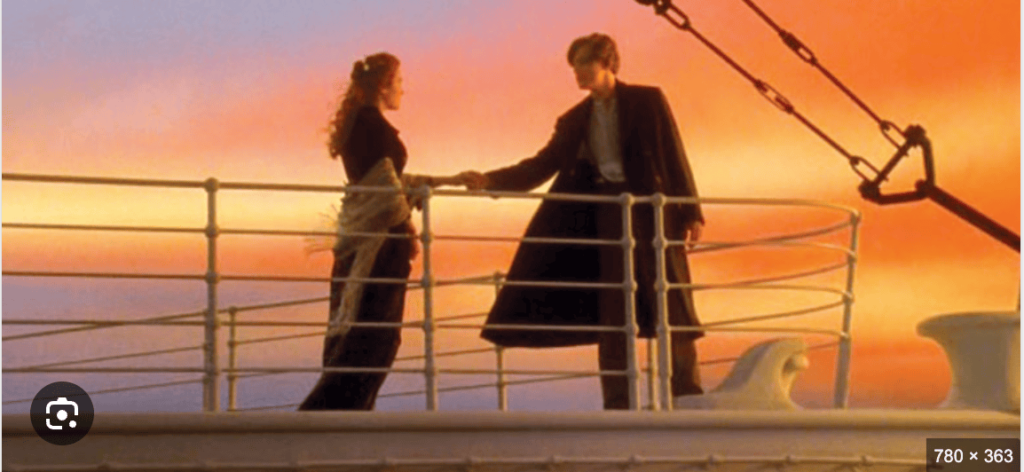
7. B Story
The B Story is the love story between Jack and Rose, which runs parallel to the main plot of the Titanic’s voyage. This subplot provides emotional depth and underscores the film’s primary themes of love and freedom.
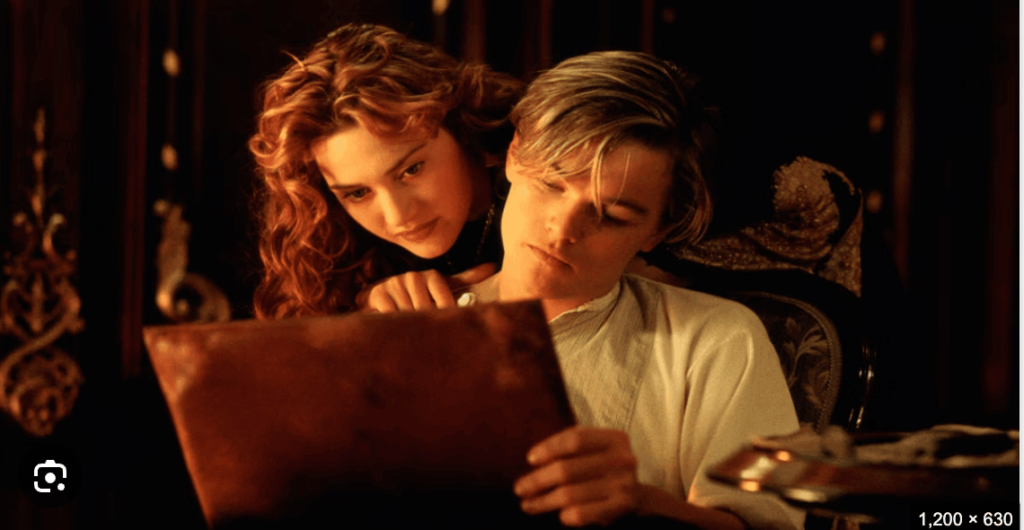
8. Fun and Games
This section delivers on the premise of Jack and Rose’s romantic adventure. We see them enjoying moments of freedom and joy, such as the iconic “I’m flying” scene at the ship’s bow and their dance in the third-class quarters. These scenes provide a sense of exhilaration and contrast with the looming disaster.
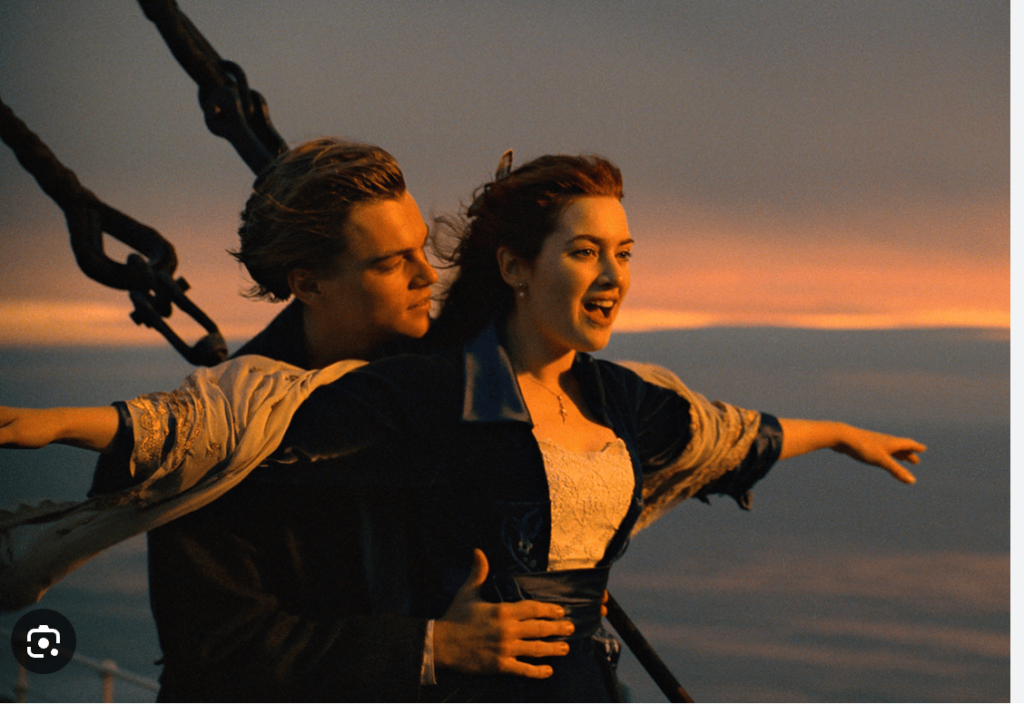
9. Midpoint
The midpoint occurs when Jack and Rose make love in the car and Rose declares her intention to be with Jack, symbolized by her decision to leave Cal. This beat marks a significant shift as their relationship deepens, and the film transitions from a romantic adventure to a survival drama.
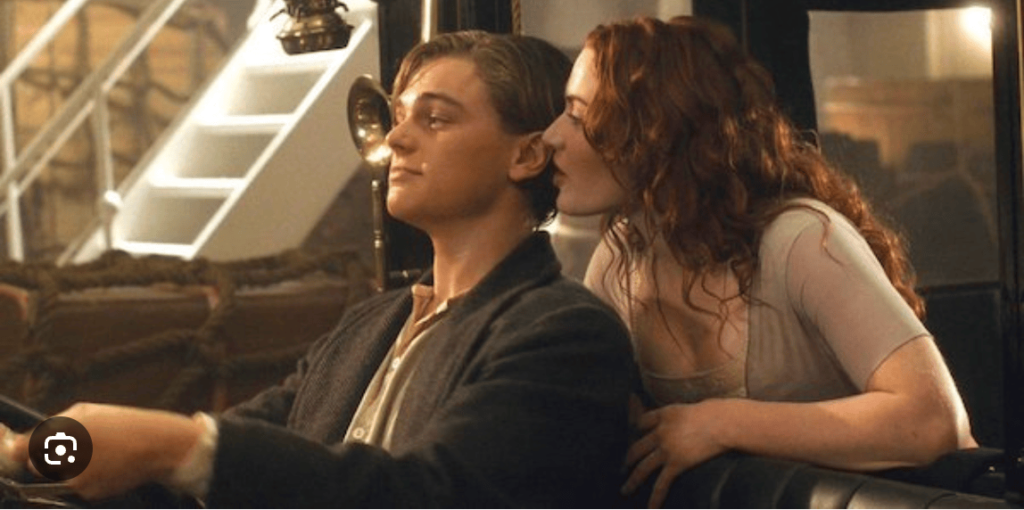
10. Bad Guys Close In
As the ship hits the iceberg, the tone darkens. Cal and his accomplice, Spicer Lovejoy, intensify their efforts to separate Jack and Rose. The external pressures mount, and the protagonists face increasingly dire circumstances.
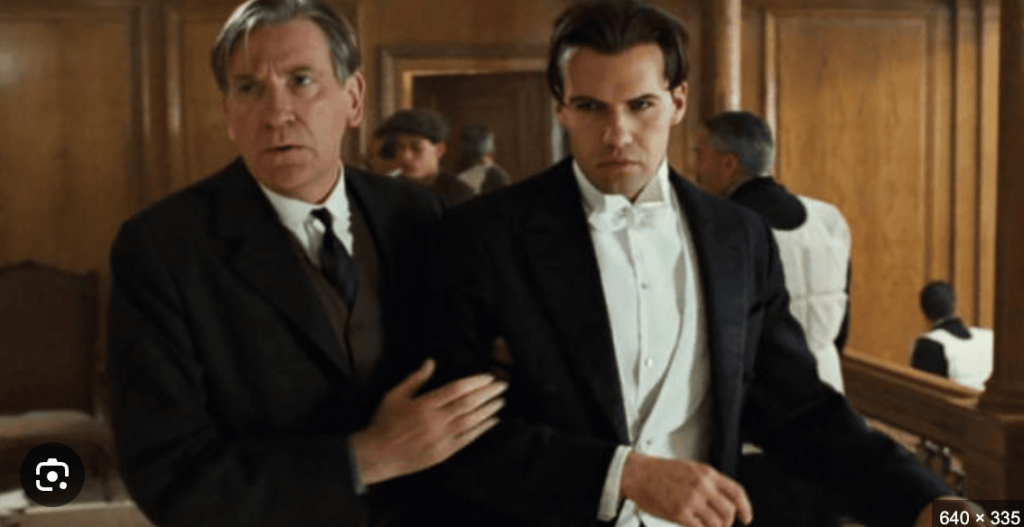
11. All Is Lost
The all is lost moment happens when the ship begins its final descent into the ocean. Jack is falsely accused and imprisoned, and it seems that all hope is lost for their escape. This beat hits hard, underscoring the gravity of the situation.
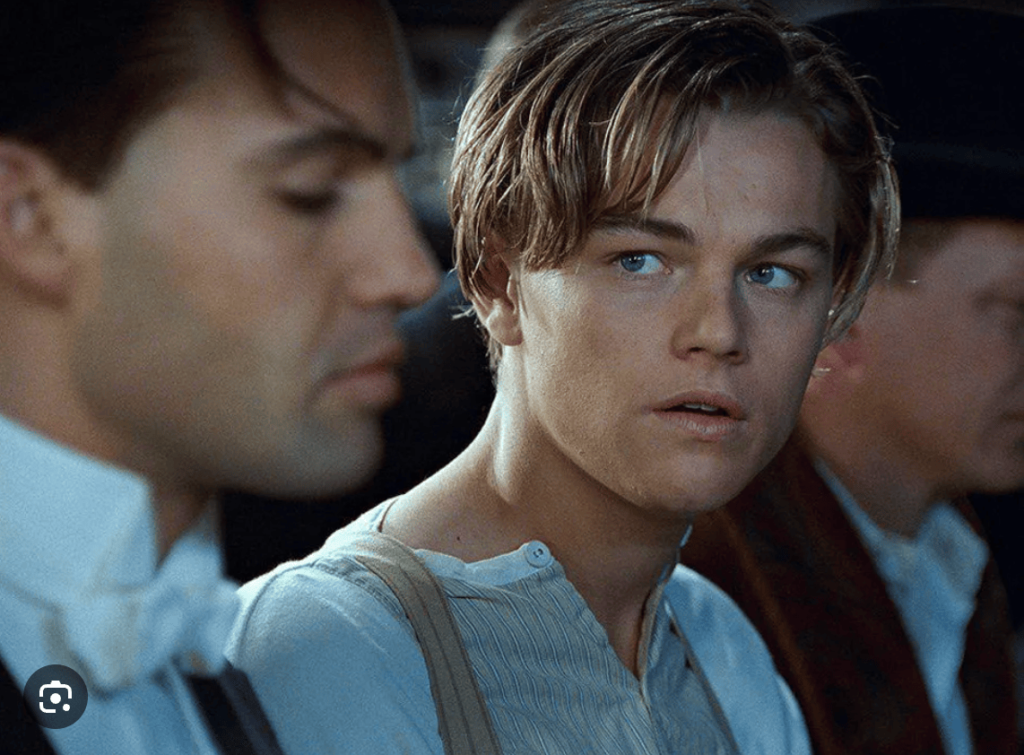
12. Dark Night of the Soul
Rose’s darkest moment comes as she realizes the full horror of their predicament. The emotional and physical stakes are at their peak, and she musters the courage to rescue Jack, symbolizing her complete transformation and rejection of her former life.
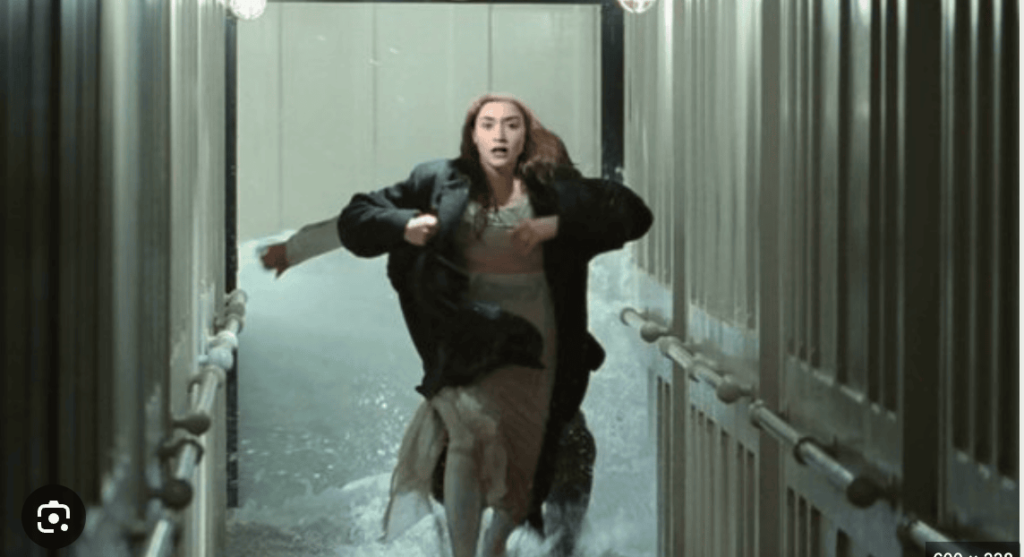
13. Break into Three
Rose’s decision to return to the sinking ship to save Jack signifies the break into Act Three. It’s a moment of renewed determination as she takes action to fight for their survival together.
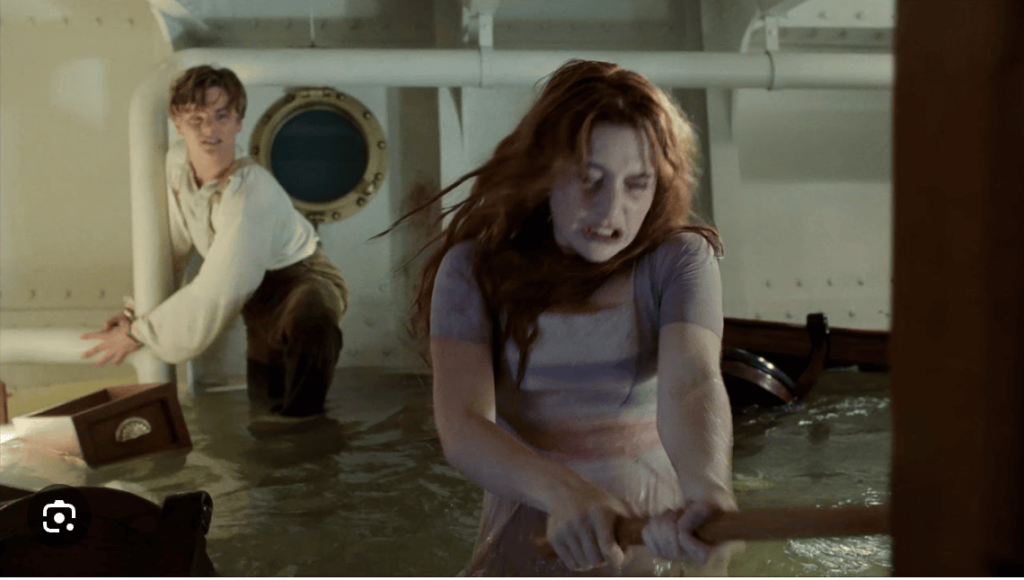
14. Finale
The finale is a gripping sequence where Jack and Rose navigate the chaos of the sinking ship. The narrative reaches its climax as they struggle to survive in the icy waters. Jack’s ultimate sacrifice underscores the film’s themes of love and loss.
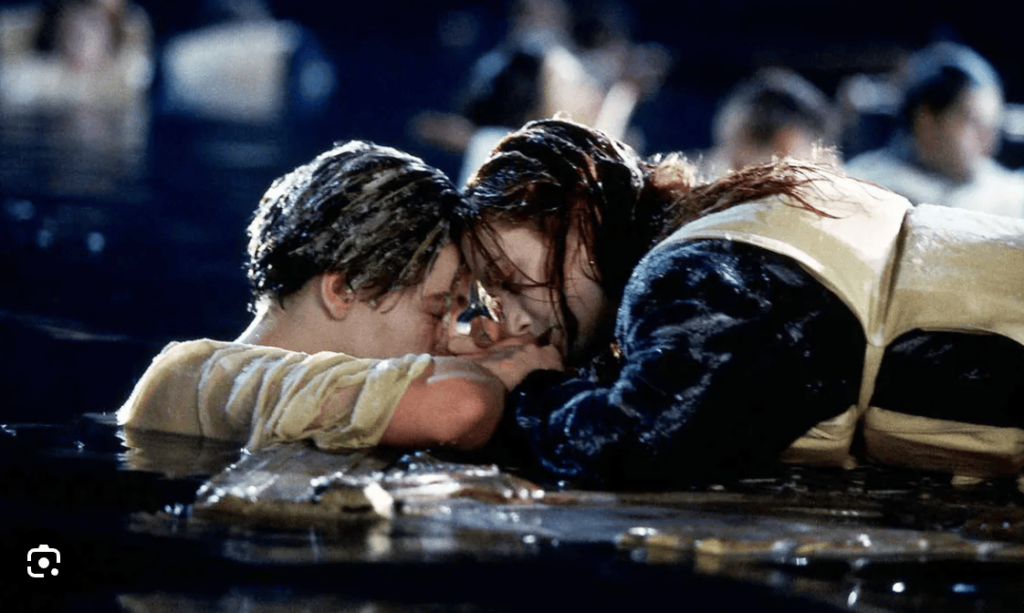
15. Final Image
The final image brings us back to present-day Rose, who drops the Heart of the Ocean into the sea. This act symbolizes her letting go of the past and finding peace. The closing image of the Titanic’s grandeur and the spirits of those lost, including a young and reunited Jack and Rose, reflects a sense of closure and continuity.
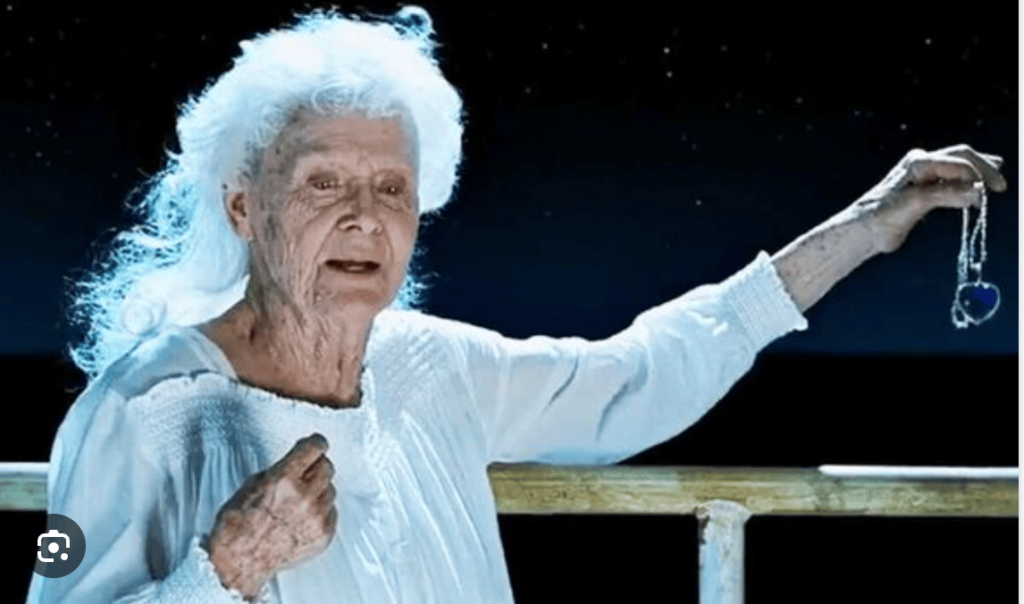
Conclusion
Titanic masterfully fits the Save the Cat beat sheet, demonstrating how a well-structured narrative can support rich character development and emotional depth. Each beat serves to build tension, deepen character arcs, and propel the story forward, making the film a timeless classic.
Additional Resources
- Blake Snyder’s Save the Cat Book: A foundational text for understanding the beat sheet method.
- Titanic Screenplay: Available for study to see how these beats play out in the actual script.
- Application: Practise using the Save The Cat method for your own story. Scrite has an in-built template so that you can get started with ease.